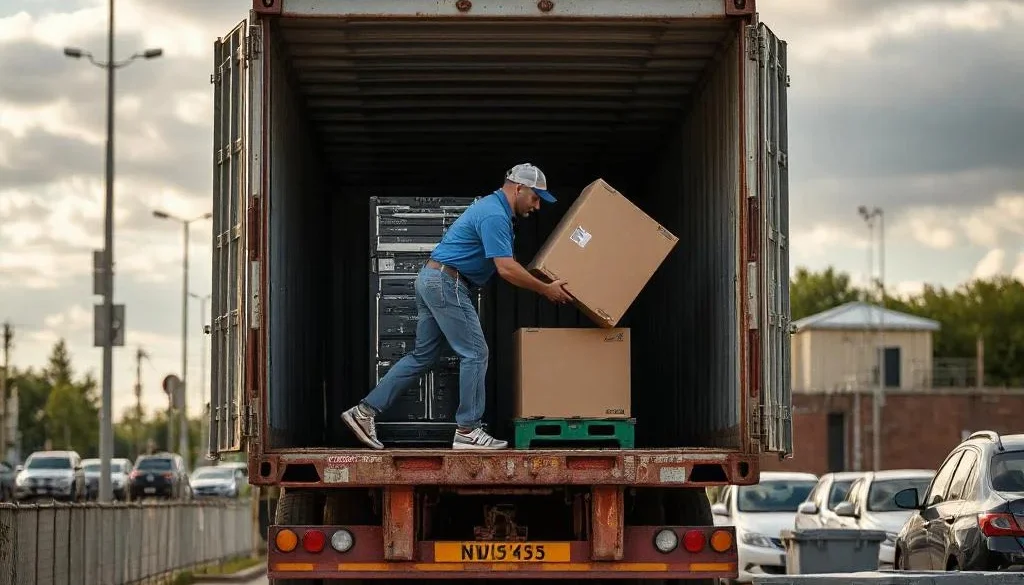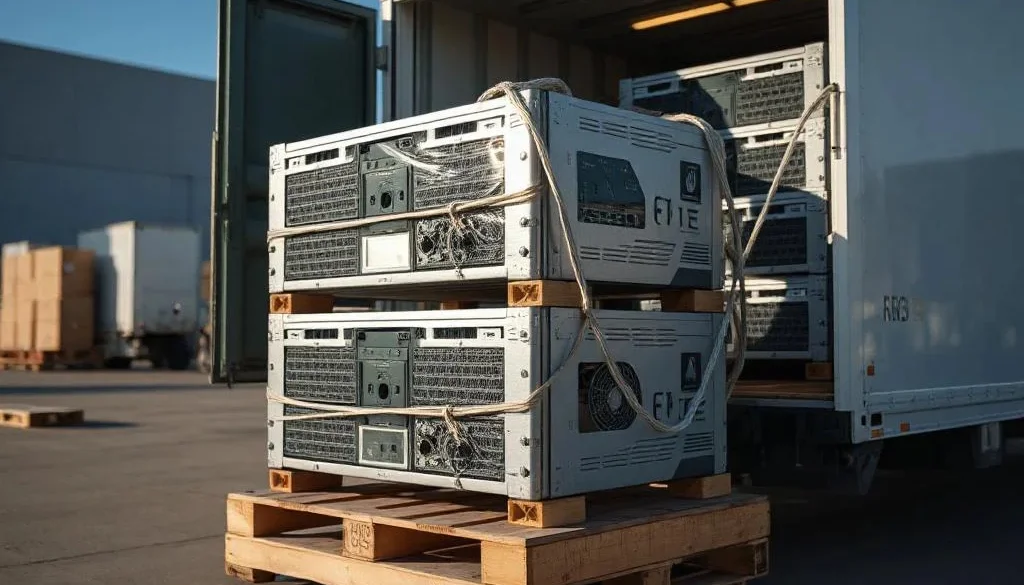How to Ship a Server Safely and Efficiently
Introduction
Shipping servers can be a complex process, but with the right preparation and tools, you can ensure your equipment reaches its destination securely. Whether you’re shipping a single server or an entire rack, following best practices minimizes risks and protects your investment. This guide covers how to prepare, pack, and ship servers effectively.
Why Safe Server Shipping is Critical
Servers are vital to business operations, storing and processing critical data. Damaging a server during transit can lead to significant consequences, such as data loss, downtime, and costly repairs. By prioritizing safe shipping practices, you reduce the chances of hardware damage and ensure timely delivery. Additionally, proper handling safeguards your IT investments and maintains operational continuity.
Benefits of Secure Server Shipping
- Prevents data loss and system downtime.
- Reduces risks of hardware damage.
- Ensures timely and secure delivery.

Shipping Servers 4
Steps to Prepare Your Server for Shipping
1. Back Up Data
Before packing your server, always back up all data. Although the shipping process protects the hardware, unforeseen issues can occur, and having a backup ensures your data remains safe.
2. Power Down and Disconnect
Power down the server and disconnect all peripherals. Label the cables for easy reassembly at the destination. This step prevents damage to loose parts during transport and simplifies setup upon arrival.
3. Secure Pickup
Our team specializes in the disconnection, pickup, and transportation of server equipment. Trained technicians handle each component carefully to maintain its safety and integrity. We offer options for direct delivery and setup at the new location, minimizing downtime and ensuring efficiency. This personalized service supports businesses in maintaining seamless operations during relocations.
How to Pack a Server for Shipping
Choosing the Right Server Shipping Boxes
Using appropriate shipping boxes is essential to protect your hardware. Boxes specifically designed for servers provide extra padding and durability. For larger shipments, consider reinforced racks or crates.

Shipping Servers
Steps to Pack a Server
- Anti-Static Bag: First, wrap the server in an anti-static bag to prevent static electricity damage. Additionally, ensure the bag is properly sealed to avoid exposure to dust.
- Foam Padding: Next, use foam padding around the server to absorb impacts and vibrations. Moreover, choose padding with the appropriate thickness for maximum protection.
- Secure Fit: After adding padding, place the server snugly in the box, leaving no room for movement. Furthermore, test for stability by gently shaking the box to ensure the server doesn’t shift.
- Seal the Box: Finally, use heavy-duty packing tape to securely close the box. In addition, reinforce the edges of the box to prevent accidental openings during transit.
Rack Servers vs. Individual Servers
Shipping methods vary based on whether you’re transporting rack-mounted servers or individual units:
- Rack Servers: Use robust shipping racks with additional cushioning to protect multiple servers during transit.
- Individual Servers: Pack each server in its own shipping box to reduce handling risks and ensure better organization.

Shipping Servers 3
Choosing the Right Carrier
Specialized Shipping Services
Select a carrier experienced in handling IT equipment. Moreover, ensure the carrier offers specialized services such as climate-controlled transport, shock-proof vehicles, and custom crating. These features are particularly beneficial for long-distance or international shipments. Additionally, working with a trusted carrier reduces the risk of delays and damage. Therefore, choosing the right provider is critical for the safety of your servers.
Insurance for Server Shipping
Always insure your shipment to cover potential damage or loss. Furthermore, insurance provides financial protection in case of unforeseen incidents. Additionally, it offers peace of mind, knowing your valuable equipment is safeguarded. Consequently, this step minimizes financial risks associated with server transportation. Lastly, review the carrier’s insurance options carefully to select the best coverage for your needs.
Additional Shipping Tips
- Labeling: Clearly mark your boxes with “Fragile” and “This Side Up” to ensure careful handling.
- Tracking: Use a carrier that offers real-time tracking to monitor your shipment’s progress.
- Reassembly: Once the server arrives, reassemble any disconnected components and power it up in a clean, ventilated environment.
Conclusion
Shipping servers requires careful preparation, secure packing, and the right carrier to ensure safe delivery. By following these best practices, you can protect your equipment, prevent downtime, and maintain business continuity. Contact us today to learn more about our professional server shipping services and how we can assist with your IT relocation needs.

